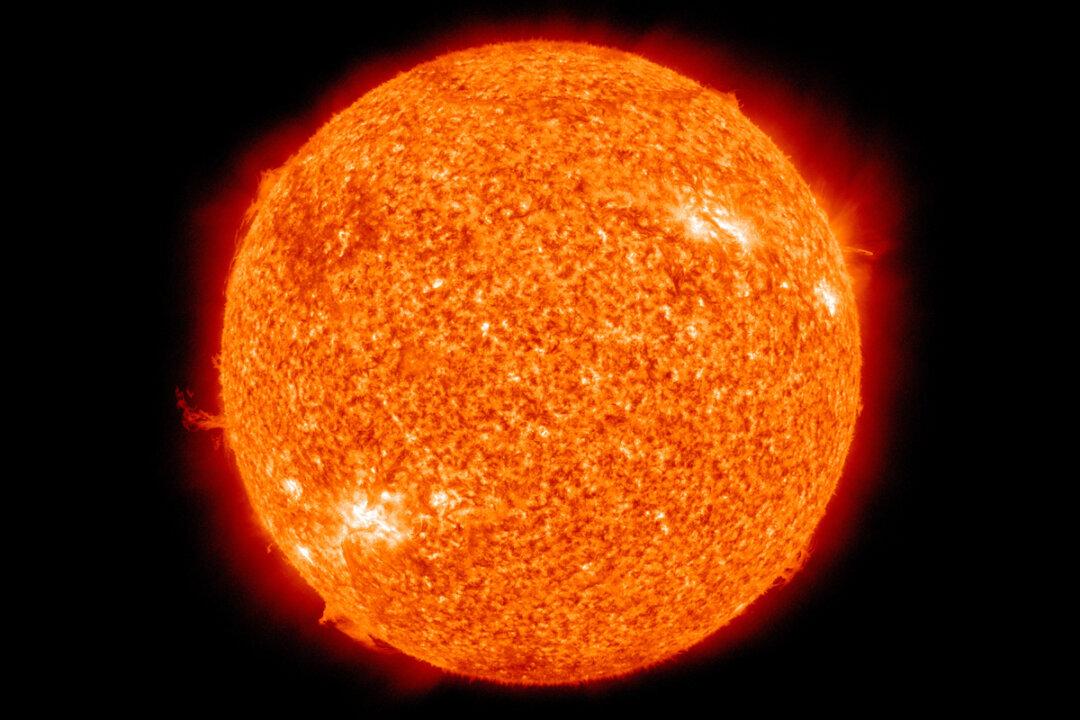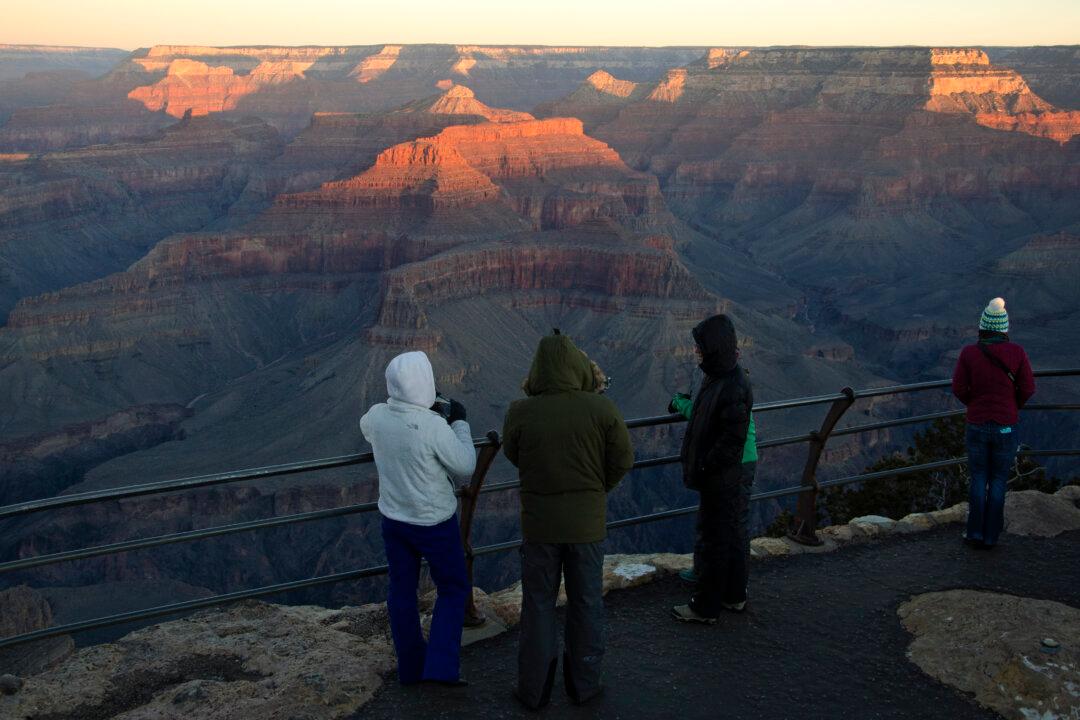We humans are fire creatures. Tending fire is a species trait, a capacity we alone possess—and one we are not likely to tolerate willingly in any other species. But then we live on Earth, the only true fire planet, the only one we know of that burns living landscapes. Fire is where, uniquely, our special capabilities and Earth’s bioenergy flows converge. That has made us the keystone species for fire on Earth. Our environmental power is literally a fire power.
We developed small guts and large heads because we could cook food. We went to the top of the food chain because we could cook landscapes. Then we went from burning living landscapes to burning fossilized, lithic ones and became a geologic force that has begun to cook the planet. Our firepower underwrites that tangle of anthropogenic meddlings summed up as “global change.” The Anthropocene might equally be called the Pyrocene.
The Pyrocene threatens to overwhelm Earth with fire as the Pleistocene did with ice. It has forced us to reexamine the nature of our firepower, which has taken two forms. One involves open burning on the landscape. We tweak natural fire regimes to better suit our purposes. We set fires for hunting, foraging, protection against wildfire, even warfare. We burn slashed woods and drained peatlands for farming. We kindle pastures to improve fodder and browse. We burn fallow, of any and all kinds. Over the past century we have sought, with equal intensity, to remove fire from protected forests and parks. The pyrogeography of the planet is sculpted by the fires we apply and withhold, and the landscapes we have fashioned, which in turn shape the fires they exhibit.

